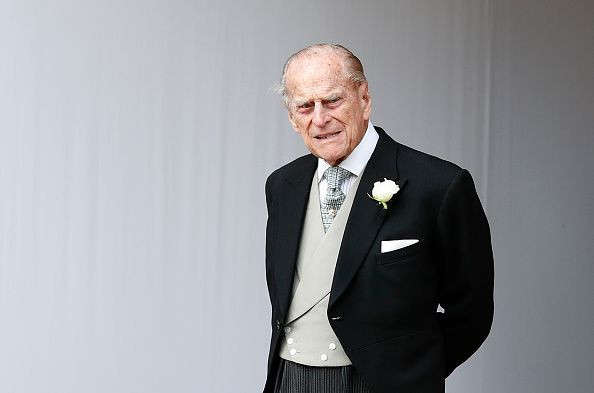
Prince Philip reportedly uses a cryptic signal to end lengthy chats both in private and in public. During a previous interview with People, royal historian Hugo Vickers said that the Duke of Edinburgh usually does a sweeping motion with his hands to avoid getting stuck in lengthy conversations.
As he shakes hands with the person he is talking to, Prince Philip also swings his hands from left to right. By the time the guest answers the question he asked, he would have already moved on in the line-up, leaving them behind.
But Prince Philip is not the only member of the royal family who does this clever trick to avoid small talk. His wife, Queen Elizabeth II, moves her handbag from one hand to the other to signal to her aides that she wants to end an ongoing conversation.
The Queen also spins the ring on her hand at times to signify that she wants to move on to another guest. According to Vickers, Her Majesty also has a secret buzzer in the audience room at Buckingham Palace that she presses to alert her staff to come in and usher her guests away.
The Queen’s eldest son, Prince Charles, usually utters a joke to break the flow of his conversations so that he could move on to other people. The future king also fiddles with his cuff links at times. This secret signal is not so secret after all, according to body language expert Judi James.
While speaking on the podcast “Pod Save The Queen,” James said that Prince Charles performs this self-touches ritual whenever he’s feeling anxious. “He does three or four little movements in a ritual,” she said. “Charles’ grandfather did exactly the same rituals.”
According to the body language expert, Prince Harry didn’t fiddle in public for many years, but he started doing it after he met Meghan Markle. “He has also been made quite nervous,” James said. “I think he believes he’s punching above his weight quite a lot.” On his wedding day, Prince Harry did approximately 12 self-touches just after he got out of his car.
© 2025 Latin Times. All rights reserved. Do not reproduce without permission.




